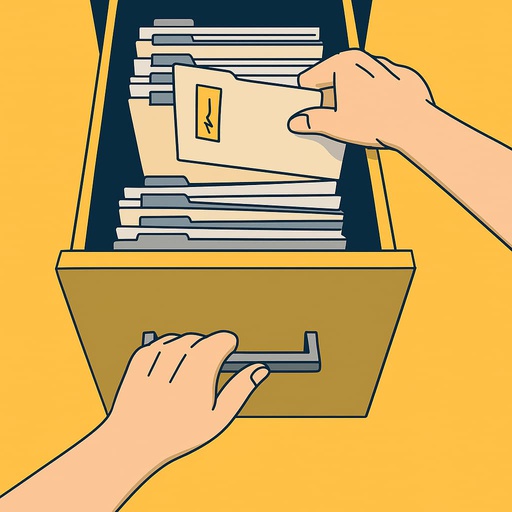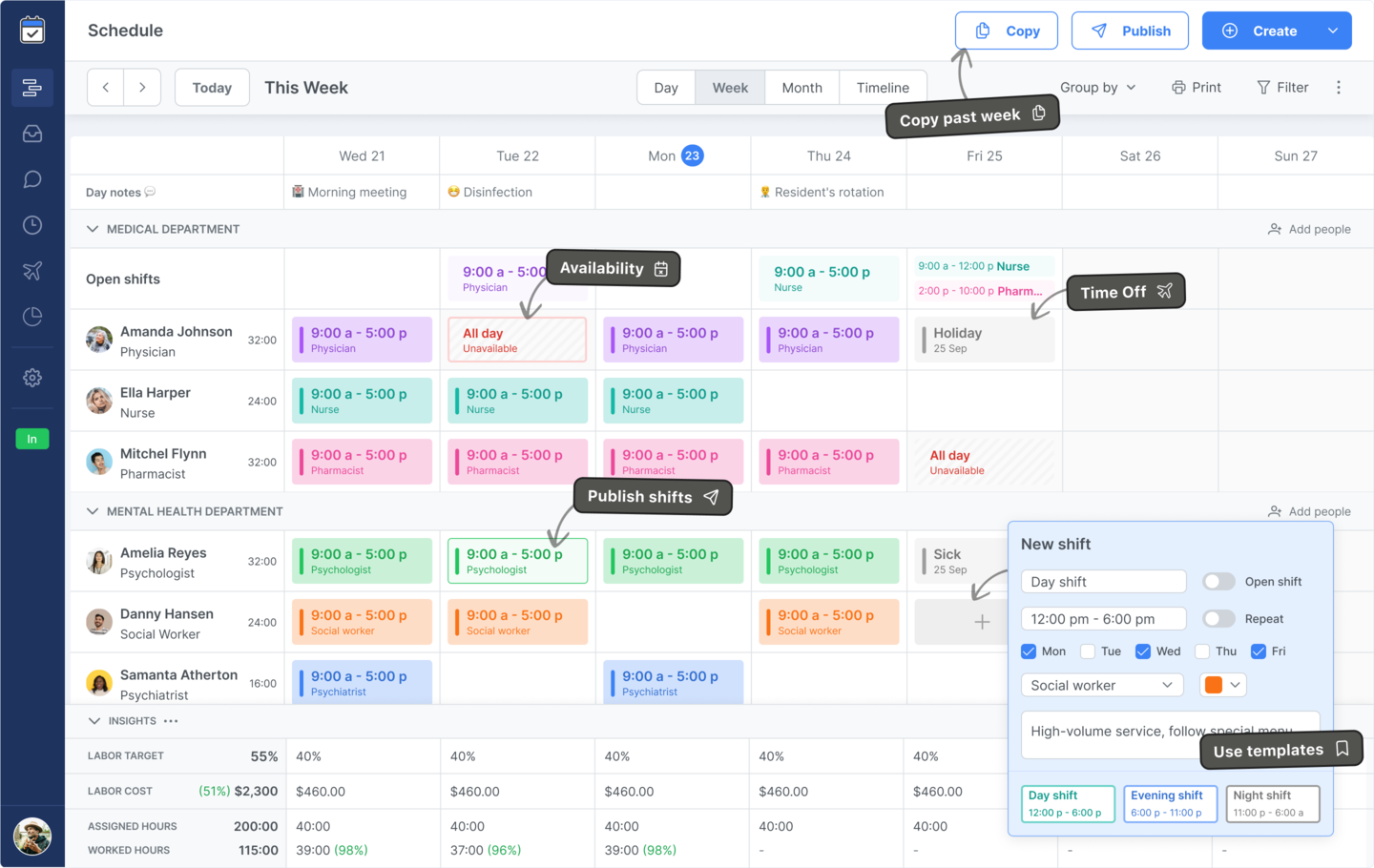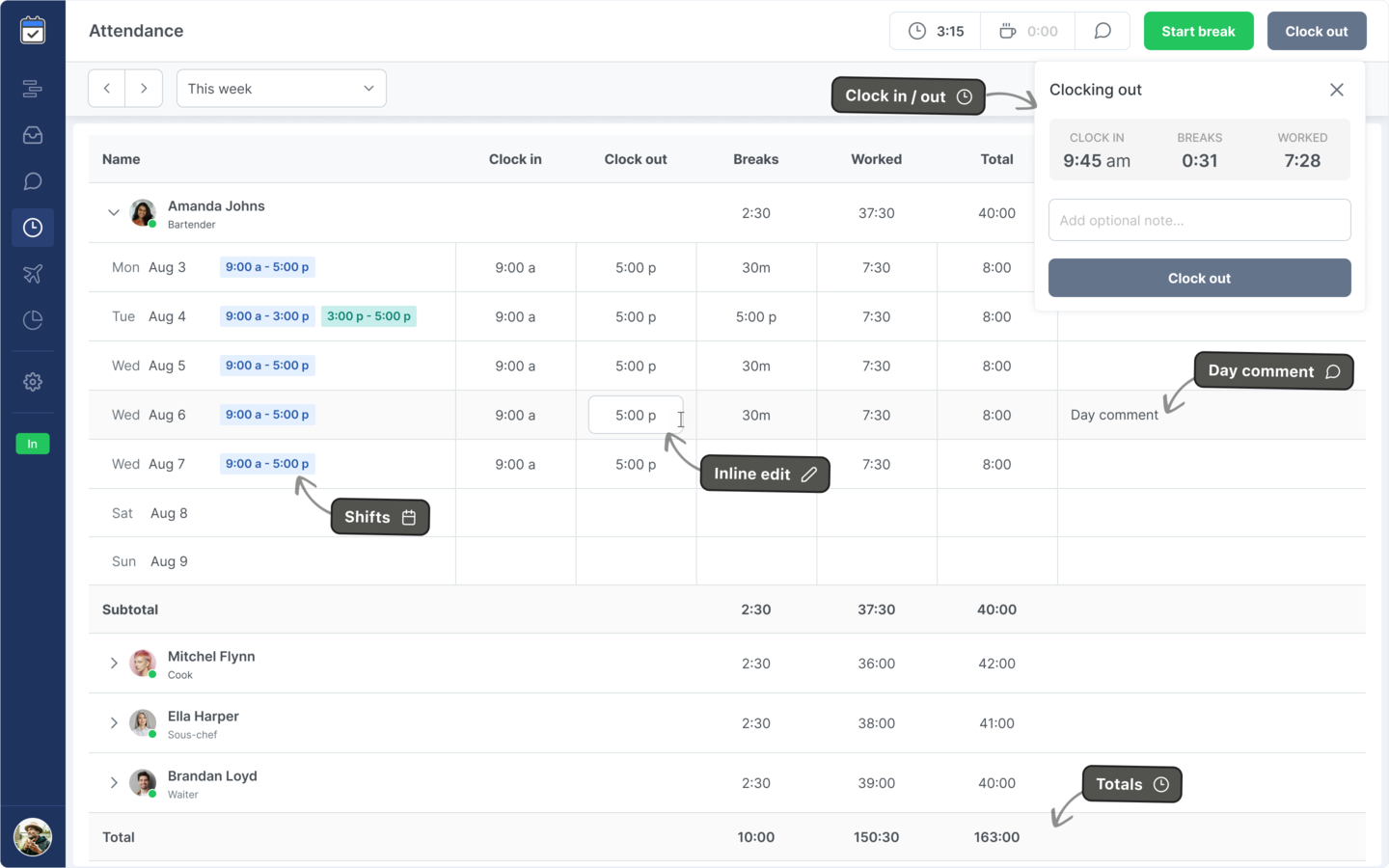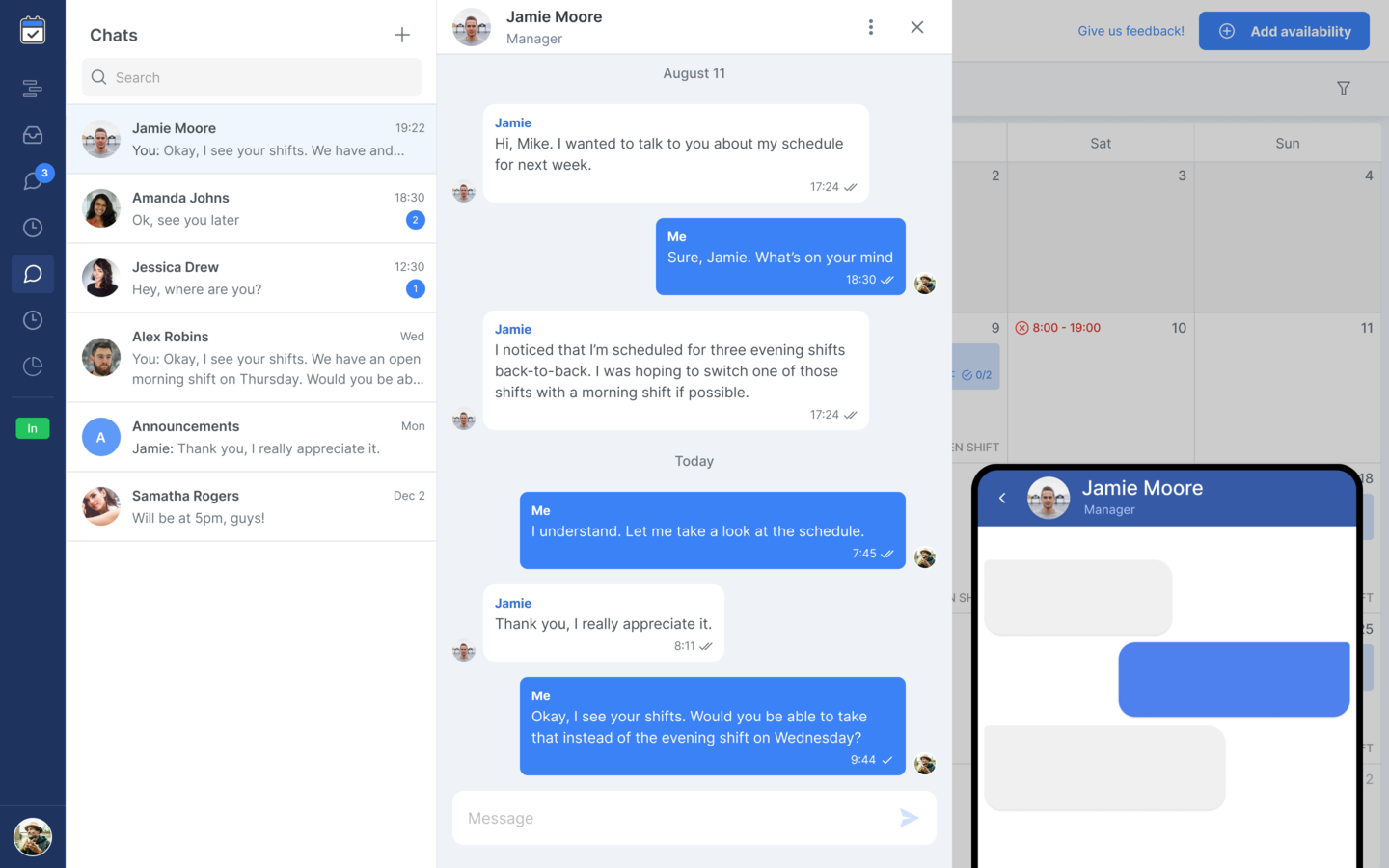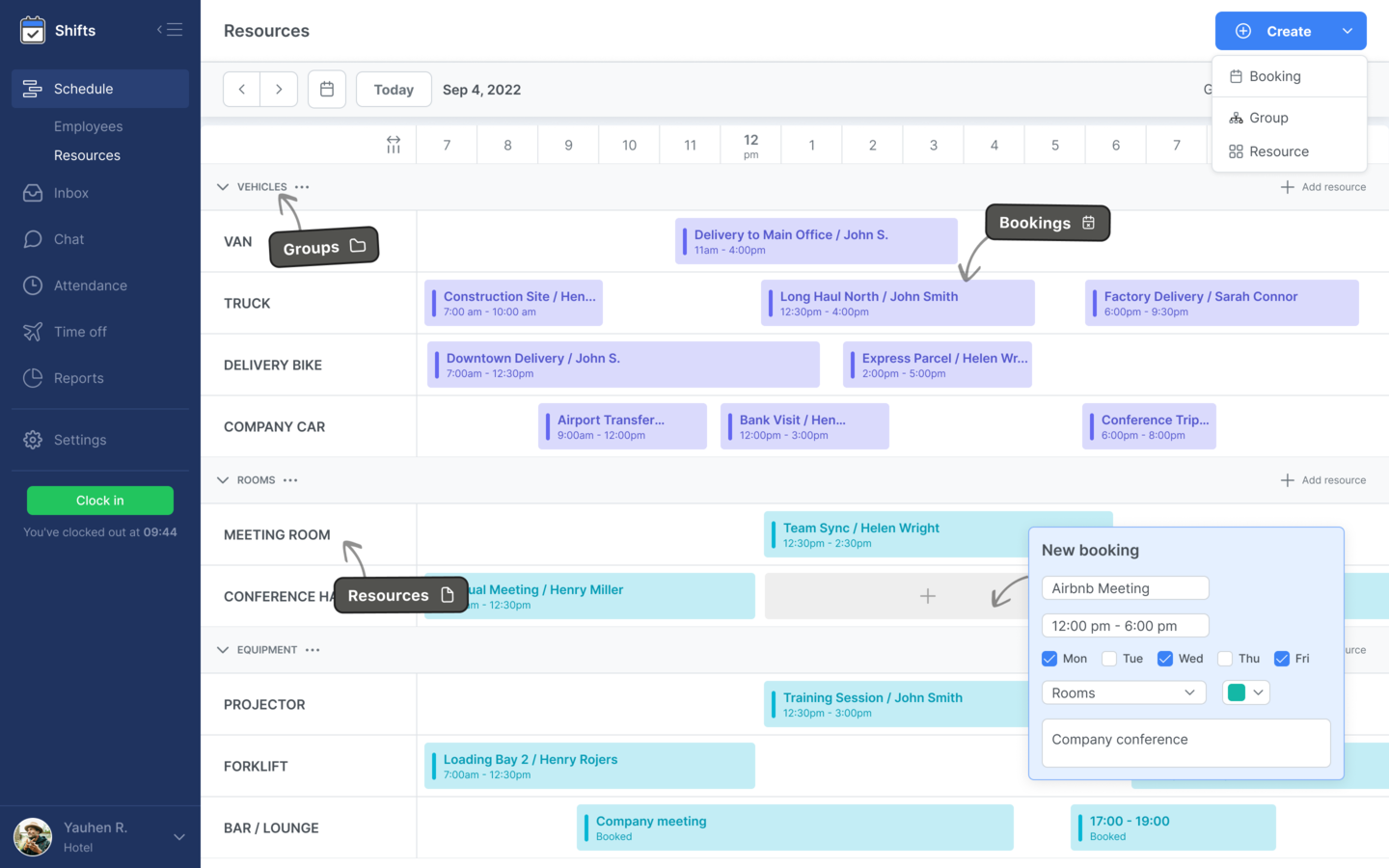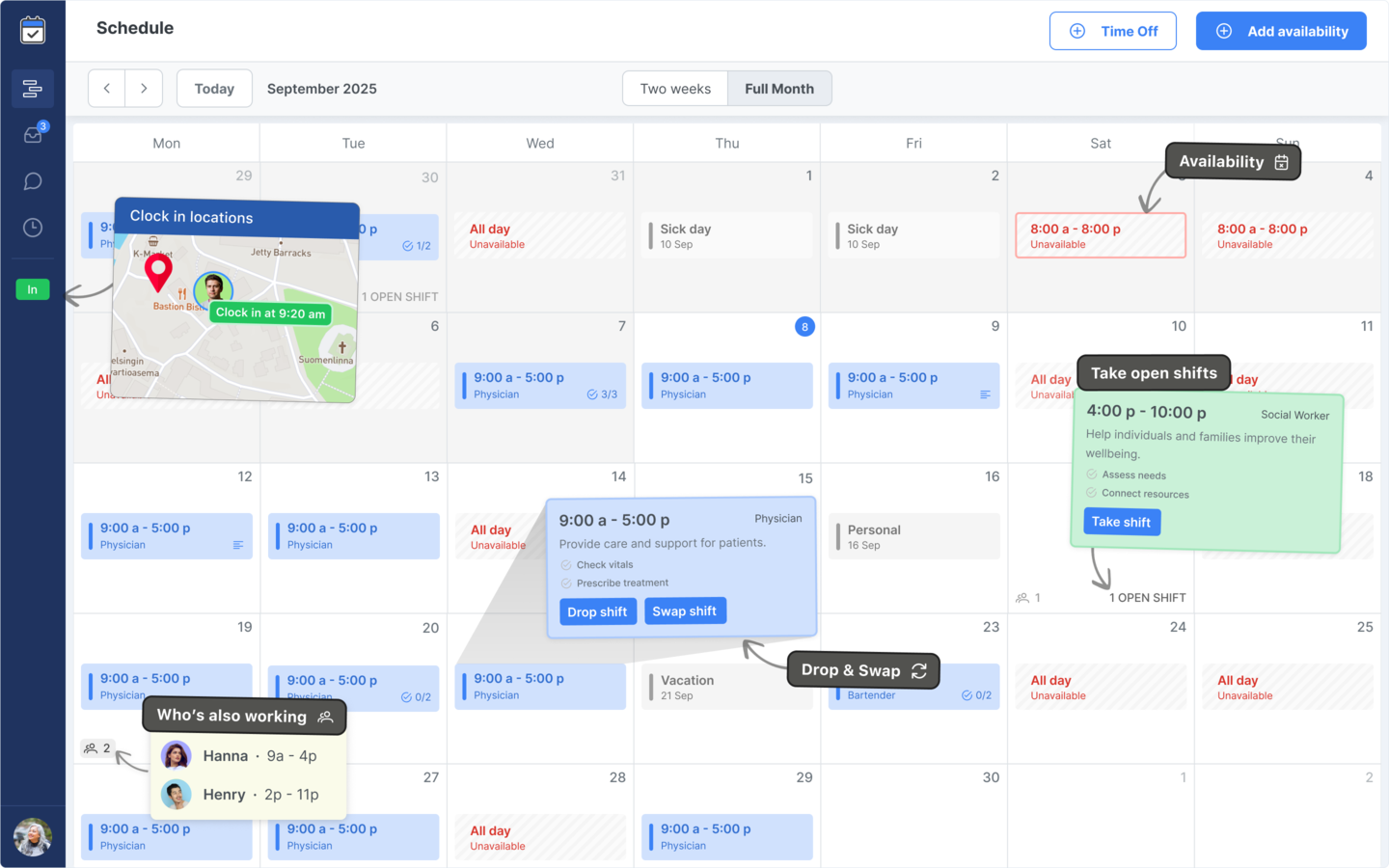An Employee Confidentiality Agreement, also known as a Non-Disclosure Agreement (NDA), is a legal document that defines how employees must protect and handle sensitive company information. It helps safeguard intellectual property, client data, trade secrets, and internal business processes.
Whether you’re hiring new employees, contractors, or freelancers, having a signed confidentiality agreement ensures they understand and agree to protect your company’s private information.
Why an Employee Confidentiality Agreement matters
Confidentiality agreements protect your company’s competitive advantage by preventing the unauthorized sharing or use of sensitive information. They also establish clear legal boundaries and build trust with clients and partners who expect data protection.
A written agreement provides recourse if information is disclosed improperly and reinforces the importance of discretion and compliance with data protection standards.
Key sections to include in your Confidentiality Agreement
Every confidentiality agreement should be clear, balanced, and tailored to your business. Here are the key sections to include:
1. Parties to the Agreement. Identify the employer (company) and the employee or contractor.
2. Definition of Confidential Information. Describe what constitutes confidential information (e.g., customer data, financials, intellectual property, internal documents).
3. Obligations of the Employee. Specify that the employee must not share, copy, or use confidential information for non-business purposes.
4. Exclusions. Clarify information that is not considered confidential (public knowledge, prior possession, independently developed data).
5. Duration of Obligation. Define how long confidentiality obligations continue after employment ends.
6. Return or Destruction of Materials. Require employees to return or destroy confidential information upon termination.
7. Remedies and Consequences. Explain legal and disciplinary actions for unauthorized disclosure.
8. Signatures. Include signature lines for both parties with date of agreement.
How to create your own Employee Confidentiality Agreement
Start by listing what types of information your company considers confidential — such as client lists, project data, and internal processes.
Use plain, direct language that employees can easily understand, while maintaining legal precision.
Consult with your legal team to ensure compliance with local labor and privacy laws, especially if your organization operates in multiple regions.
Sample Employee Confidentiality Agreement Template
Use the sample below as a starting point. Copy and modify it to reflect your organization’s policies and jurisdiction.
Company Name: __________________________
Agreement Title: Employee Confidentiality Agreement
Effective Date: _________________________
Employee Name: __________________________
Position: _______________________________
1. PURPOSE
This Agreement is made between [Company Name] ("the Company") and the undersigned employee ("the Employee") to ensure protection of all confidential and proprietary information obtained during employment.
2. CONFIDENTIAL INFORMATION
For purposes of this Agreement, "Confidential Information" includes all data, trade secrets, client lists, pricing, internal reports, designs, systems, and any other non-public information belonging to the Company.
3. EMPLOYEE OBLIGATIONS
The Employee agrees to:
• Use Confidential Information solely for legitimate business purposes.
• Not disclose, reproduce, or distribute any Confidential Information without prior written consent.
• Protect all data in accordance with Company security and privacy policies.
4. EXCLUSIONS
This Agreement does not apply to information that:
• Is or becomes public through no fault of the Employee.
• Was lawfully in the Employee’s possession before employment.
• Is obtained legally from a third party without breach of confidentiality.
5. RETURN OF MATERIALS
Upon termination of employment, the Employee must return or permanently delete all Company property, data, and documents, including digital files and devices containing such information.
6. DURATION
The obligations of confidentiality remain in effect during employment and for a period of [X] years after termination.
7. BREACH AND REMEDIES
Unauthorized disclosure or misuse of Confidential Information may result in disciplinary action, termination, and/or legal proceedings for damages or injunctions.
8. GOVERNING LAW
This Agreement is governed by the laws of [Jurisdiction].
IN WITNESS WHEREOF, the parties have executed this Agreement:
Employee Signature: __________________________ Date: __________
Company Representative: _______________________ Date: __________
Disclaimer
Important: This document is a sample Employee Confidentiality Agreement provided for informational purposes only. You should tailor it to reflect your company’s operations and consult a legal advisor before use.
Everhour and Shifts accept no liability for any loss or damages resulting from reliance on this template.
How to implement and enforce your Confidentiality Agreement
Include the agreement in your onboarding process and have each employee sign it before accessing company systems or data.
Keep signed copies securely stored and ensure employees understand their ongoing responsibilities regarding confidential information.
Review and update the agreement periodically, especially when your organization adopts new technologies or expands to new markets.
Benefits for your organization
Confidentiality agreements protect your intellectual property, maintain client trust, and ensure legal compliance with privacy laws.
They promote a culture of discretion, professionalism, and accountability across the organization.
With this free template, you can easily formalize confidentiality standards and strengthen data protection in your workplace.
The bottom line
An Employee Confidentiality Agreement is a vital safeguard for your business. It ensures that sensitive information stays protected even after employment ends.
Use this free template to establish clear expectations, prevent data leaks, and protect your company’s most valuable information.
